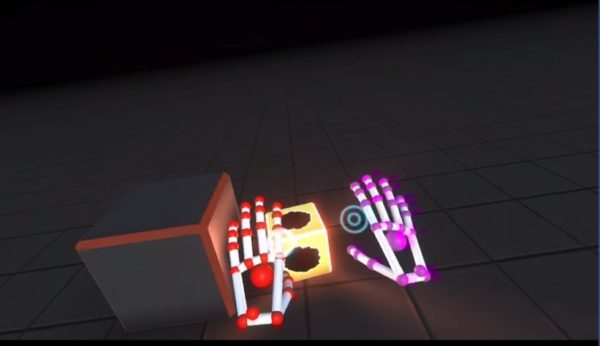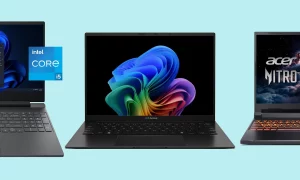
Leap Motion raised $50 million from J.P. Morgan Asset Company clients to support its motion tracking research and expand in Asian markets.
Leap Motion has made quite a few changes in the last year. The company announced in December 2016 that it’s working on a mobile VR platform, and in June, it shuttered the Leap App Store and added motion controller support to its Interaction Engine. Now it’s raised a $50 million Series C funding round to help it achieve a long list of goals, which the company laid out in the press releaseannouncing the investment:
The funding enables Leap Motion to drive global expansion, particularly in Asia, which the company will serve through the opening of an office in Shanghai, China; advance innovation and adoption of its groundbreaking hand and finger tracking technology; and broaden its reach into new commercial and enterprise applications including education, healthcare, and industrial training simulation.
Leap Motion’s course follows that of the VR industry at large. The company got its start with a peripheral that let you control your PC with gestures, and then it introduced the Interaction Engineto offer more realistic grip physics in VR games made with Unity. This funding round will help it move beyond games to more lucrative fields. (The gaming market is big, but education, healthcare, and industrial training are bigger.)
Doesn’t that sound familiar? Perhaps the first real VR headset, the Oculus Rift, was fueled primarily by games. Now companies are investing in VR and AR to cover everything from construction to pharmaceutical research. Gaming helps VR appeal to the enthusiasts who own PCs powerful enough to handle it, but as Microsoft has shown with Windows Mixed Reality, the true goal is to make VR / AR / XR the future of computing.
Interfaces will have a big effect on how successful those efforts are. Oculus Rift debuted with gamepad support, and motion controllers have become increasingly popular with Oculus, HTC, Microsoft, and others. But nothing’s as intuitive as reaching out with your own fingers to swipe a window away, point at something, or accomplish some other task. Leap Motion is working to get us those gesture-based interfaces.
Here’s what the company said in its press release:
“Natural input through full hand tracking is inseparable and fundamental to the future of VR/AR, and Leap Motion is a principal driver of its widespread adoption,” said Michael Buckwald, CEO and Co-founder of Leap Motion. “In much the same way as the touchscreen sparked the mobile revolution, Leap Motion is playing a transformative role in the development of human interface technology for VR/AR. As a result, the industry as a whole is on the verge of a similar moment of exponential growth.”
Leap Motion didn’t offer more details about its plans for the new Shanghai office or when we might see the results of this funding round.











